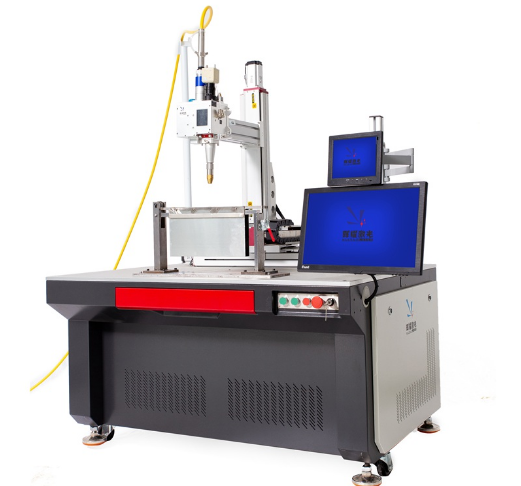Principles of Laser Welding and Its Application in Battery Welding
Laser welding is a precise and efficient technique widely employed in diverse industries such as electronics, automotive, and aerospace. Its significance is particularly notable in battery manufacturing, where it plays a crucial role in assembling battery cells and packs.
Introduction
Laser welding is a precise and efficient technique widely employed in diverse industries such as electronics, automotive, and aerospace. Its significance is particularly notable in battery manufacturing, where it plays a crucial role in assembling battery cells and packs. This article aims to explore the principles of laser welding and examine its applications in welding battery components.
Principles of Laser Welding
your oil burner utilizes the concentrated energy of a high-powered laser beam to fuse materials together. The fundamental principles of laser welding are outlined below:
1. Laser Generation: Laser light is generated through stimulated emission, where photons are produced within a laser cavity, often using a medium such as a crystal or gas. These photons are then amplified and emitted as a coherent and monochromatic beam of light.
2. Focusing: The laser beam is directed and concentrated onto the welding point through a system of mirrors and lenses. Precisely focusing the beam onto a small area is essential for achieving precise welding.
3. Material Interaction: Upon striking the material's surface, the laser beam is absorbed, generating intense heat. This energy is utilized to either melt or vaporize the material, forming a weld pool or joint.
4. Weld Formation: As the molten material cools and solidifies, a robust and enduring weld joint is created. Laser welding is capable of producing narrow, deep welds with minimal heat-affected zones, making it particularly suitable for applications requiring precision and minimal distortion.

Laser Welding in Battery Manufacturing
Battery assembly entails the joining of multiple components, such as battery cells, tabs, and terminals. Laser welding proves highly beneficial in this process owing to its precision and efficiency. Below, we outline how laser welding is utilized in battery manufacturing:
1. Cell Welding: In the production of lithium-ion batteries, individual battery cells are welded together using laser welding. Thin metal tabs are affixed to the positive and negative terminals of adjacent cells, and the laser is precisely focused to create a weld point. The minimal heat generated during laser welding ensures that the delicate internal components of the cell remain undamaged.
2. Tab Welding: Tabs, which are thin metal strips, serve to connect the battery cells within a pack. Laser welding is employed to fuse these tabs to the cell terminals. The exceptional precision of laser welding ensures a dependable and uniform connection, essential for the battery's performance and longevity.
3. Battery Pack Assembly: Laser welding plays a crucial role in the assembly of battery packs. Multiple cells are interconnected using laser-welded tabs to achieve the desired voltage and capacity. This process requires utmost precision to ensure secure and consistent electrical connections.
4. Sealing: Certain battery types, such as lithium-polymer batteries, necessitate hermetic sealing to prevent electrolyte leakage and ensure safety. Laser welding is utilized to seal the edges of the battery, creating a durable barrier.
Advantages of Laser Welding in Battery Production
Laser welding presents numerous advantages in battery manufacturing:
1. Precision: Laser welding offers pinpoint accuracy, enabling intricate and precise welds in small, densely packed battery components.
2. Speed: The rapid processing speed of laser welding facilitates higher production rates, rendering it suitable for mass battery production.
3. Minimal Heat: Laser welding generates minimal heat, mitigating the risk of thermal damage to sensitive battery materials and components.
4. Clean and Contactless: Laser welding is a clean and contactless process, minimizing contamination and ensuring weld quality.
Conclusion
Laser welding stands as a versatile and indispensable technology, notably in battery manufacturing, where precision and reliability hold utmost importance. Its capability to produce robust, precise, and efficient welds renders it a valuable asset in assembling battery cells and packs. As the demand for advanced battery technologies continues to surge, laser welding will persist at the forefront, facilitating the production of high-performance and secure battery systems.
